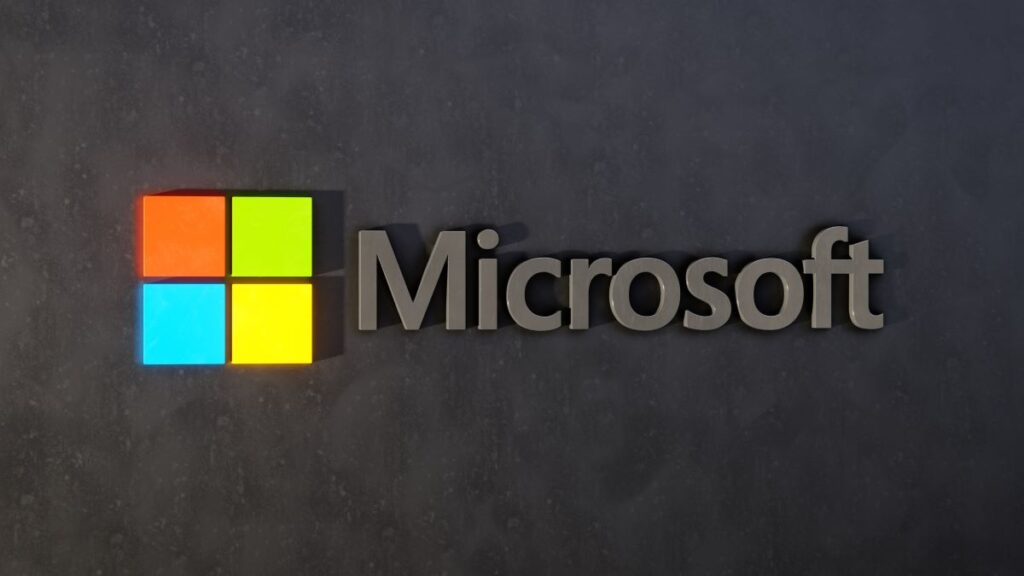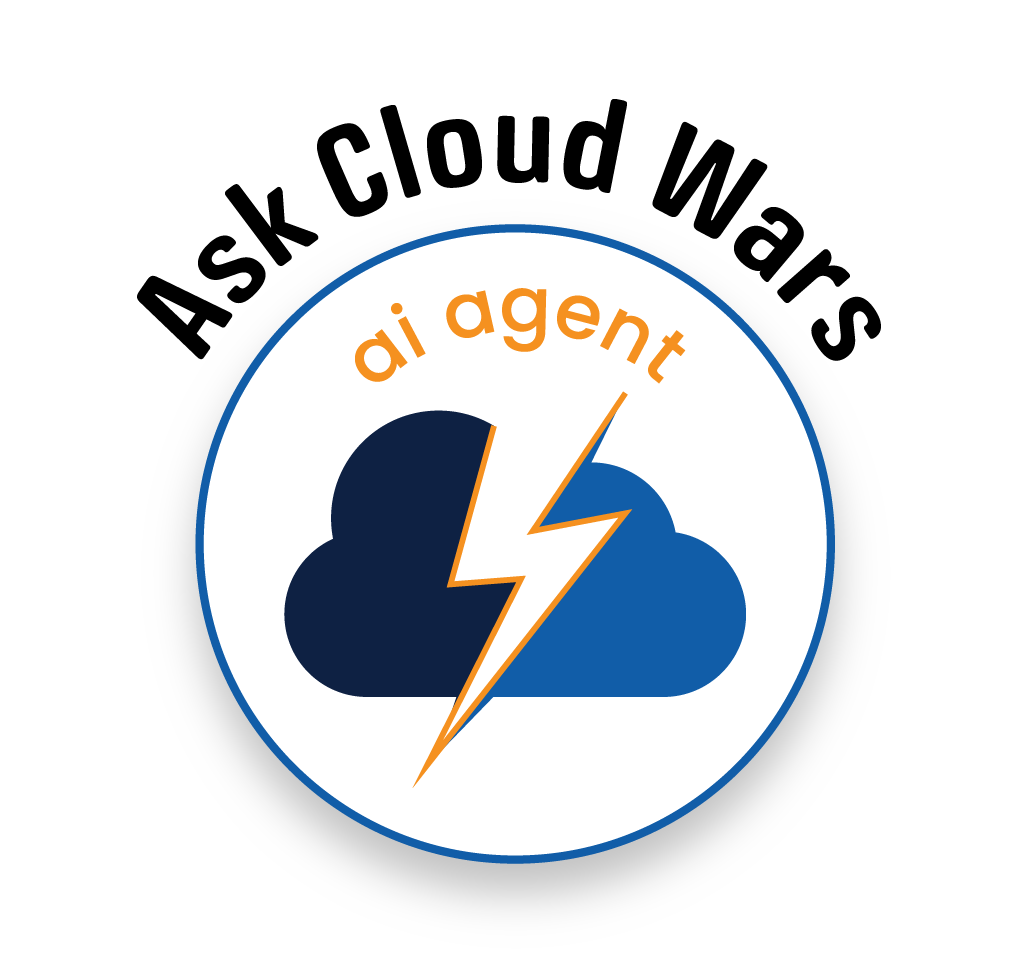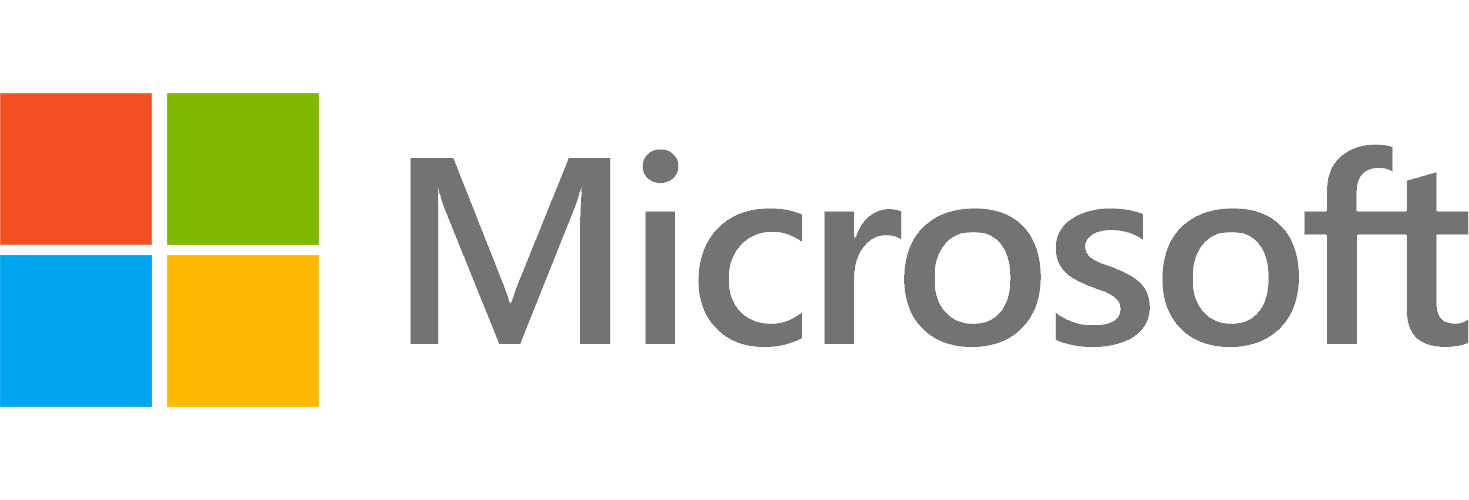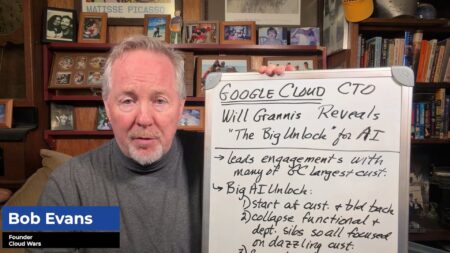
What are the limits of AI? Currently, the boundaries of the technology lie within the physical realm, with a common belief that, for now at least, the digital world restricts the capabilities of AI technologies.
However, this may be changing with recent news from Microsoft. Researchers at the company have unveiled a new integrated AI model, Magma, that can control both software interfaces and robots, opening up new possibilities for AI developers.
What Is Magma?
Magma is a collaborative project involving researchers from Microsoft, KAIST, the University of Maryland, the University of Wisconsin-Madison, and the University of Washington. According to Microsoft’s testing data, Magma is the closest example yet of a multimodal AI that can perform tasks in both digital and physical settings. The company describes Magma as “the first foundation model for multimodal AI agents.”
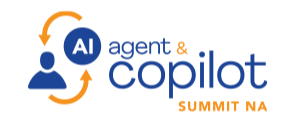
AI Agent & Copilot Summit is an AI-first event to define opportunities, impact, and outcomes with Microsoft Copilot and agents. Building on its 2025 success, the 2026 event takes place March 17-19 in San Diego. Get more details.
For example, Magma could be used to operate a robotic arm or interact with an interface to install an application on a smartphone, as suggested in a Microsoft research paper. What sets Magma apart from other projects that integrate large language models (LLMs) with robotics is that all the necessary capabilities are included within a single foundational model.
Magma combines verbal intelligence with spatial intelligence. It’s spacial intelligence is grounded in two core concepts, Set-of-Mark (SoM) and Trace-of-Mark (ToM), introduced during model training.
SoM identifies actionable visual objects in images, while ToM analyzes video pattern data. Combined, these two components enabled Magma to acquire spatial intelligence via large-scale training data.
Leap Forward
This research from Microsoft is game-changing. Of course, at this stage, we are still waiting to see how Microsoft, along with other organizations, will leverage the unified capabilities of Magma. However, even now, a model that natively enables physical tasks represents a significant leap forward.
That said, there is an argument to be made that developers should pause and evaluate before applying this technology on a widespread scale. Users are adopting AI at a rapid pace, yet we are not at a point where copilot and agentic features are without flaws.
Furthermore, the cultural shift to adopt agents on an everyday basis is still underway. To that end, the market is not yet ready for a full-fledged LLM that seamlessly integrates both the physical and digital worlds.
Beyond this, despite assurances from tech leaders, there is a genuine concern that AI will replace human workers. Although the noise around this topic has quieted in recent months, the prospect of billions of AI agents entering the workforce and taking over manual labor positions has reignited the debate.
When considering a foundational agentic AI model that operates in both the physical and digital worlds, it’s understandable that there would be concern. It is crucial that before rolling out this technology, tech companies take into account its impact on the workforce and ensure there are adequate provisions to protect employees.
Ask Cloud Wars AI Agent about this analysis


